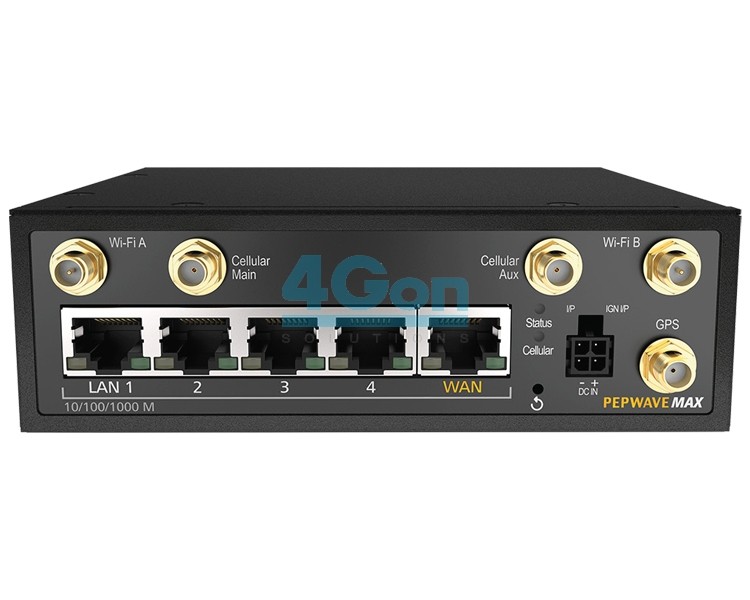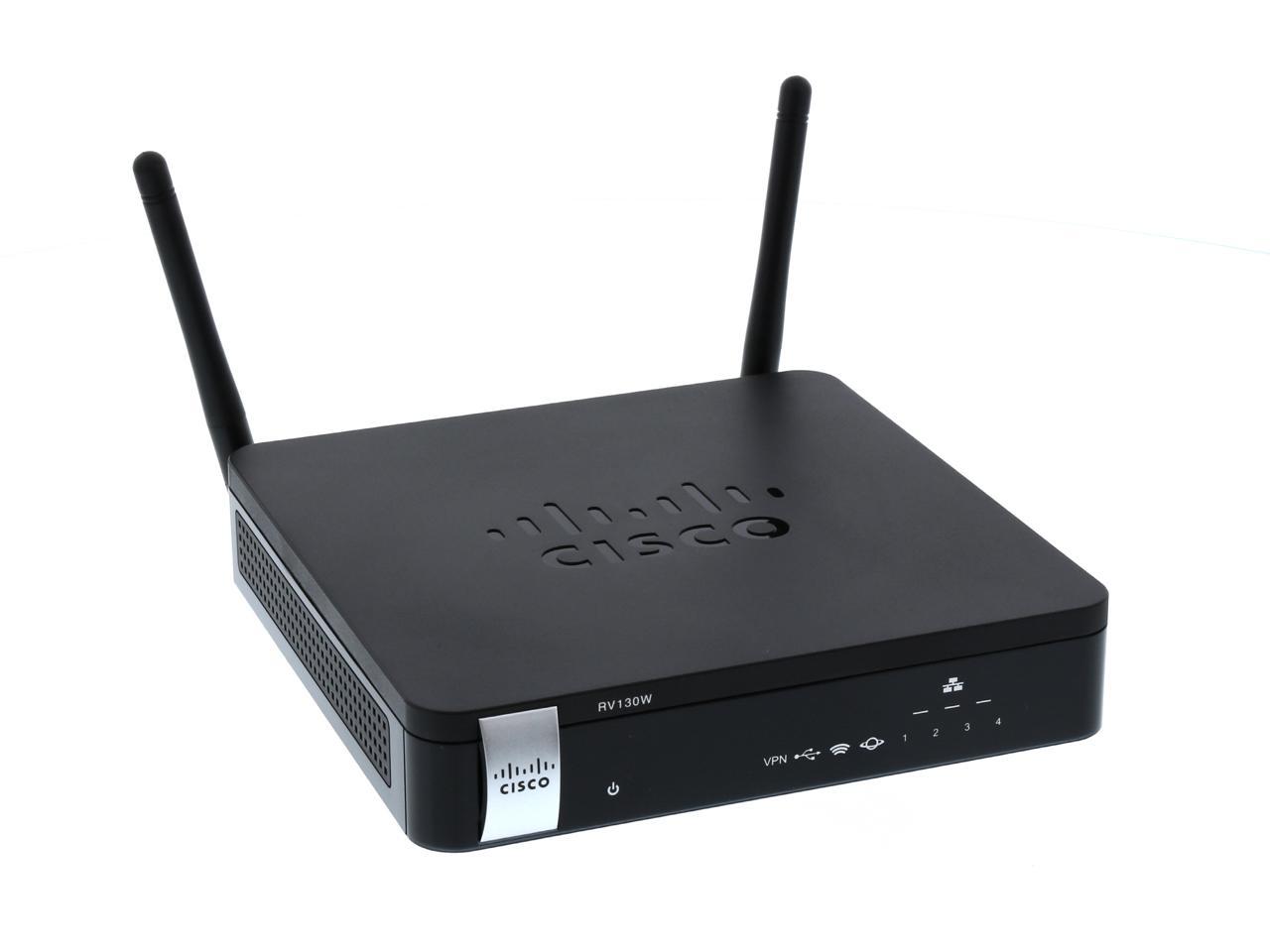
With so many options to choose from, take a look at our list of the best small business routers to find out which is a good fit for your needs. I dont want anything home-grown - has to be commercially supported hardware.

Other important considerations include the level of security, whether the router can establish a Verified Private Network (VPN), and how large of a space the router needs to cover (a small office might need to have more coverage than, say, a cafe). Looking for a good dual WAN (for failover, dont care about load balancing) router for a small network (<50 devices). Routers have improved in quality over the past years with many fast dual- and triple-band routers that allow for multiple networks, which comes in handy if you are running a business where customers and employees need to connect to separate networks (like in a restaurant or retail shop). Quality of Service (QoS) traffic prioritization. We’ll also look at how the differences between home networking equipment and business-class routers impact your wireless network performance. No matter what type of business you have (a local coffee shop or a small law firm), a router is essential for connecting multiple networks and routing traffic between them in a fast, efficient, and reliable manner. We’ll look at 12 router features that optimize small business networks and how these routers are different from home networking equipment. We may receive commissions from purchases made after visiting links within our content. The second static route would take over traffic if the first route is not installed, since its priority (administrative distance) is lower.We are committed to researching, testing, and recommending the best products. Note: The first static route is installed as long as the tracked object (100) doesn’t fail. The secondary WAN port can be used in a simple active/passive setup, where traffic is only routed through the secondary WAN port if the primary WAN port is down and/or unavailable. Ip route 0.0.0.0 0.0.0.0 FastEthernet0 track 100 WAN Failover and Load Balancing allows you to designate the Router interface or one of the user-assigned interfaces as a Secondary or backup WAN port.

Note: This starts the tracking immediately, and stays on indefinitely. Ip sla schedule 100 life forever start-time now Note: This tracking object will ping 8.8.8.8 (Google’s DNS servers) through Fastethernet0 (Primary WAN interface) every 3 seconds, and will timeout in 500 ms if a response is not received.ĥ) Create a schedule for the tracking object to run:

Icmp-echo 8.8.8.8 source-interface Fastethernet0 A small set of risk points in each branch network is responsible for most network issues. Ip nat inside source route-map isp2-backup interface FastEthernet1 overload and business continuity especially when integrated with, and adding to, the capabilities of software-defined WANs (SD-WANs). Ip nat inside source route-map isp1-primary interface FastEthernet0 overload Note: ACL 100 allows traffic from the LAN.ģ) Configure the two NAT statements required so that either interface can provide NATting, out each respective WAN interface: Small business with a single router (i.e Cisco 1811 ISR), has two ISPs, and would like to use one ISP as the main provider, and the second ISP as a backup in case the first one fails.ġ) Configure each WAN interface to connect to each ISP, respectively:Ģ) Create the Route Maps that will be used for NATting traffic:
#Small business routers with failover how to
In the process of researching how to configure WAN interface failover in IOS (Cisco), I came across a few different ways of doing it, but have opted for the solution below, which relies on a backup static route, using object tracking to keep the primary route up.


 0 kommentar(er)
0 kommentar(er)
